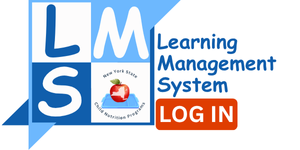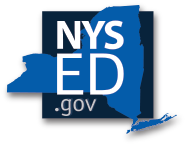Food Based Menu Planning
Revised: Crediting Tofu and Soy Yogurt Products
Full USDA memo in printer-friendly form can be found here:https://www.fns.usda.gov/cn/crediting-tofu-and-soy-yogurt-products-schoo....
Frozen Fruit Products and Nutrition Standards in the National School Lunch and Breakfast Programs-Exemption for 2012-2013 and 2013-2014
The final rule published on January 26, 2012, requires that frozen fruit served in the National School Lunch Program (NSLP) contain no added sugar beginning in School Year (SY)
2012-2013. Since 2009, the Department of Agriculture (USDA) has reduced the amount of added sugars in packing media for frozen fruits offered to States; however, most of the frozen strawberries, peaches and apricots offered by USDA currently contain added sugars.
Sample Prototype Letters
Below are 4 sample prototype letters on changes in school meals for the 2012-2013 school year. Modify as necessary to accommodate your community.
Sample Prototype Family Letter 1
Signage for Cafeterias
There are several companies that have relatively inexpensive signage available for purchase to illustrate USDA's MyPlate icon and/or ways to communicate the new meal pattern. We (the New York State Education Department) do not endorse or advocate specific companies or products. I just want to let you know of available options. Some districts are laminating the USDA posters.
If you decide to order your own signage using USDA's MyPlate materials, I have provided USDA's guide and conditions for using their icon.
Special Milk Program 2012-2013 School Year
Effective for the 2012-2013 school year, schools participating in the Special Milk Program should only be providing fat-free (skim) milk or low-fat (one percent) milk to students. Neither, whole milk, nor two percent milk, should be available. This change in policy by USDA is to ensure that the milk offerings in the Special Milk Program are consistent with those of the National School Lunch Program and the School Breakfast Program required by the Healthy, Hunger Free Kids Act of 2010. The goal is to reduce childhood obesity.



